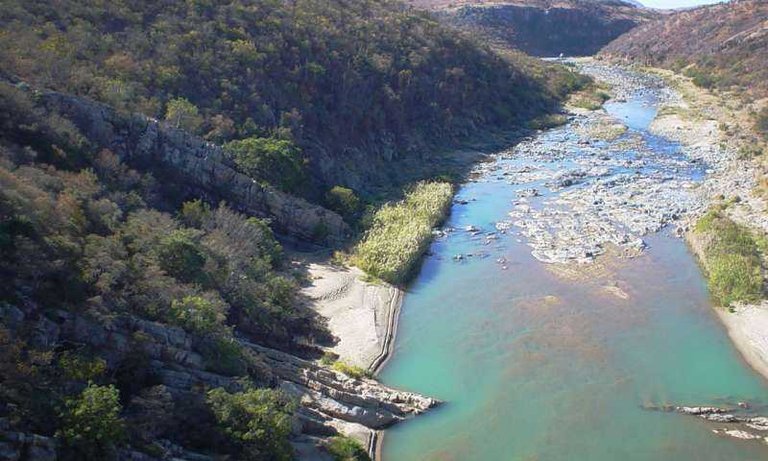An international group of geologists discovered in South Africa the oldest known "oxygen pockets" - a place where, already 2.97 billion years ago, for 430 million before the oxygen revolution, the first photosynthetic organisms lived and isolated oxygen.
In the atmosphere of the young Earth, there was very little oxygen; today's 20% of this gas in the air is the result of photosynthetic plants and bacteria. The first to release oxygen began cyanobacteria - unicellular photosynthetic organisms.
First, the oxygen they extracted was spent only on the oxidation of rocks, but about 2.5 billion years this process was completed, and oxygen began to accumulate in the air and dissolve in the ocean; this event is called the oxygen revolution (or a catastrophe, because as a result of enriching the atmosphere with oxygen, species that were adapted to life in a reducing, rather than oxidative atmosphere) died.

The jump in the oxygen content in the atmosphere of the ancient Earth is determined from the distribution of sulfur isotopes in sedimentary rocks. As the group of geochemists from Kaltekh discovered in the mid-nineties, the distribution of sulfur isotopes changed dramatically after the oxygen revolution due to the appearance of the ozone layer that sheltered the Earth from the solar ultraviolet, which increased the reactivity of light sulfur isotopes and created a so-called mass-independent distribution.

Scientists recognize the activity of the first photosynthetic organisms before the oxygen revolution by the composition of the sedimentary rocks slowly accumulating in the "oxygen pockets".
These are areas near large bacterial mats, around which the oxygen concentration was closer to the modern than the rest of the planet. There are several such "oxygen pockets" of 2.5 to 2.7 billion years old; they were found on all continents, except Antarctica.
In addition to carbon (from carbon dioxide), hydrogen and oxygen (from water), they need other elements, such as sulfur and nitrogen. Cyanobacteria obtained sulfur, restoring it from sulphates in the soil.
The rocks on which cyanobacteria lived and shared, as well as rocks formed after the oxygen revolution, are characterized by a mass-independent distribution of sulfur isotopes.
Very nice photo